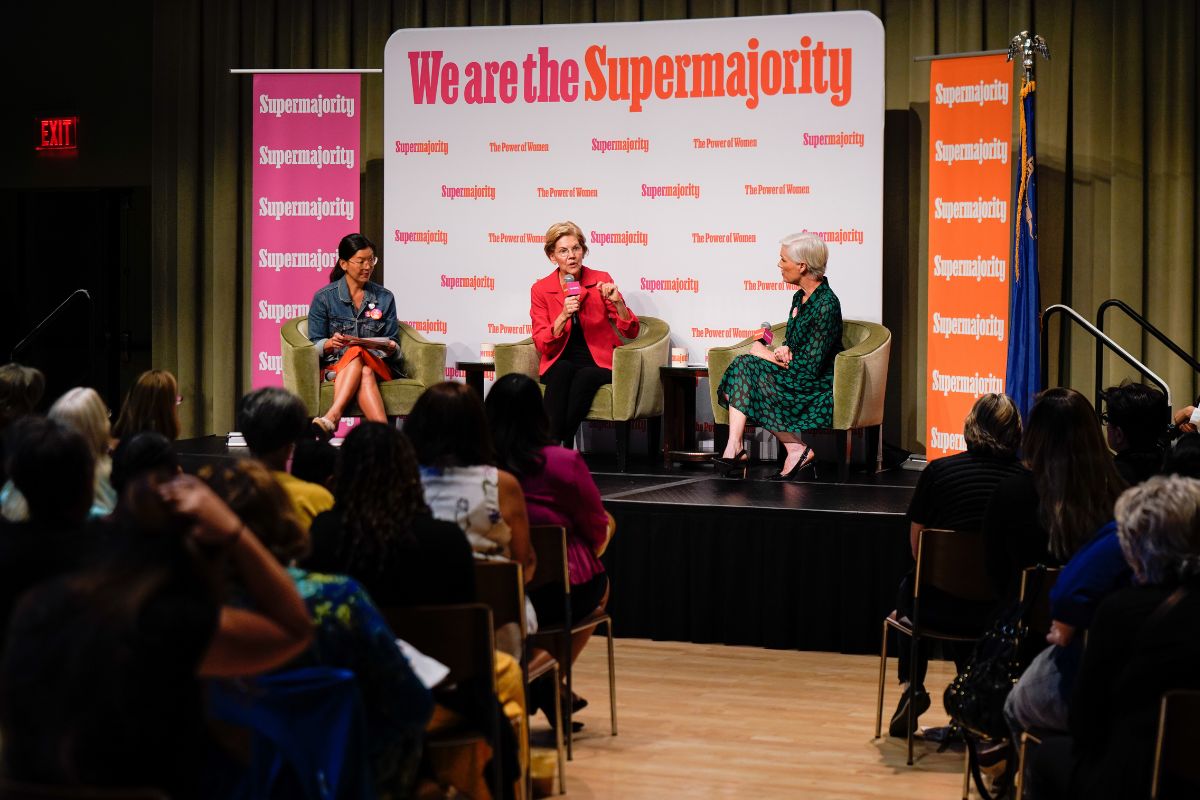
May 12, 2020; Washington Post, Wall Street Journal, New York Times, and Vox
Seeking to seize the initiative in responding to the coronavirus pandemic, Democrats in the US House of Representatives yesterday dropped an 1,800-page bill that outlines their $3-trillion vision for how to move forward. A more readable 90-page “summary” is available here.
It can be hard to make sense of numbers like $3 trillion. If passed, the bill would spend about $9,000 per US resident. And of course, like all bills, this measure’s name has an acronym—the “Health and Economic Recovery Omnibus Emergency Solutions Act,” or ‘‘HEROES Act.”
For the nonprofit sector, preliminary analysis done for NPQ by the National Council on Nonprofits notes that the bill would:
- Reverse recent guidance by the US Department of Labor that threatens to sink nonprofits with unemployment insurance payments. However, the bill still only reduces the payments owed by half.
- Make nonprofits with more than 500 employees eligible for the Paycheck Protection Program forgivable loans and prioritize nonprofits and businesses with fewer than 10 employees in remaining disbursements.
- Require creation by the Federal Reserve of a low-cost loan program for larger nonprofits.
While it is impossible to list every provision, the legislation, upon which, Erica Werner of the Washington Post writes, the House is expected to vote on Friday, includes the following:
- $540 billion for state governments ($500 billion), territorial governments like Puerto Rico ($20 billion), and tribal governments ($20 billion)
- $375 billion for local governments
- A $200 billion “Heroes Fund” to extend hazard pay to essential workers (up to $10,000 per essential worker). The designation “essential worker” includes health care workers, emergency response workers, sanitation workers, workers at businesses which state or local officials have determined must stay open, and any other worker who cannot telework and who the state or local government deems to be essential.
- A second round of direct cash payments, up to $6,000 per household ($1,200 per person, with the ability to claim $1,200 payments for up to three dependents). The original cash disbursement cost an estimated $500 billion and maxed out at $3,400 per household, so this version would cost hundreds of billions more.
- An extension of the $600-a-week unemployment benefit, set to expire in July, until January. The original 4-month program cost an estimated $200 billion, so a reasonable estimate here would be $300 billion.
- $100.15 billion to support K-12 schools and universities
- $100 billion for hospitals
- $100 billion for an Emergency Rental Assistance program, to be administered by the US Dept. of Housing and Urban Development
- $75 billion for mortgage assistance a homeowner relief fund, to be administered by state housing finance agencies
- $75 billion for testing and contact tracing
- $25 billion to support the US Post Office
- $11.5 billion for homeless assistance grants
- $10 billion for the Supplement Nutrition Assistance Program (SNAP, or “food stamps”) and $3 billion for child nutrition support
- $10 billion for Economic Injury Disaster Loan (EIDL) grants from the Small Business Administration
- $7.6 billion for community health centers
- $7 billion for child care
- $5 billion for Community Development Block Grants
- $3.6 billion to ensure the ability of all states to make mail ballot voting universally available in the November 2020 elections
- $3 billion to increase mental health support
- $2 billion for community development financial institutions (CDFIs)
- $400 million to help the Census Bureau deal with coronavirus-related delays in the 2020 census
- Extends paid sick leave to employees of all businesses, for-profit or nonprofit, of over 500 employees
The law also has other provisions, such as one requiring the wearing of masks on airplanes and mass transit. The bill further requires the US Occupational Safety and Health Administration (OSHA) to issue a strong national standard within seven days requiring infection control plans at all workplaces and protections for workers who face retaliation for pointing out safety shortfalls.
Sign up for our free newsletters
Subscribe to NPQ's newsletters to have our top stories delivered directly to your inbox.
By signing up, you agree to our privacy policy and terms of use, and to receive messages from NPQ and our partners.
What does this all mean? Clearly, the House Democrats mean this proposal as an opening salvo, and there will be considerable haggling going forward.
It is notable what the bill did not include. For instance, the arts. The bill would give the National Endowment of the Arts $10 million, the National Endowment for the Humanities $10 million, and the Institute for Museum and Library Services $5 million, for a grand total of $25 million—or less than eight cents per capita.
There is also limited new funding for small business. The Paycheck Protection Program rules are amended to encourage more money to go to small businesses (of ten employees or less) and nonprofits, but no new money has been allocated. According to the US Small Business Administration, as of May 6th, $127.5 billion remains available. That sounds like a lot, but the program only covers about eight weeks of payroll. The economic downturn, of course, will last far longer than that.
A much more far-reaching proposal by Rep. Pramila Jayapal, (D-WA) to guarantee payroll payments (as many European nations have done—the United Kingdom and Denmark, for example) failed to even make the Democrats’ “wish list” legislation.
Jayapal, note Emily Cochrane and Nicholas Fandos in the New York Times, “has called for the federal government to guarantee business payrolls, extend emergency health coverage for the uninsured and tie relief funding for states to requirements that they follow guidelines from health experts as they begin to reopen” and has threatened to hold up a vote in the US House until her concerns are addressed.
Politico estimates that Jayapal’s proposal—Sen. Josh Hawley (R-MO) has put forward a similar one—would cost $650 billion for six months. The bill’s only major direct employment-boosting measure extends a 50-percent payroll tax rebate for businesses from the CARES Act called the Employee Retention Credit. Politico estimates doing this would cost $200 billion, but the tax break has clearly not stemmed mass unemployment to date.—Steve Dubb











